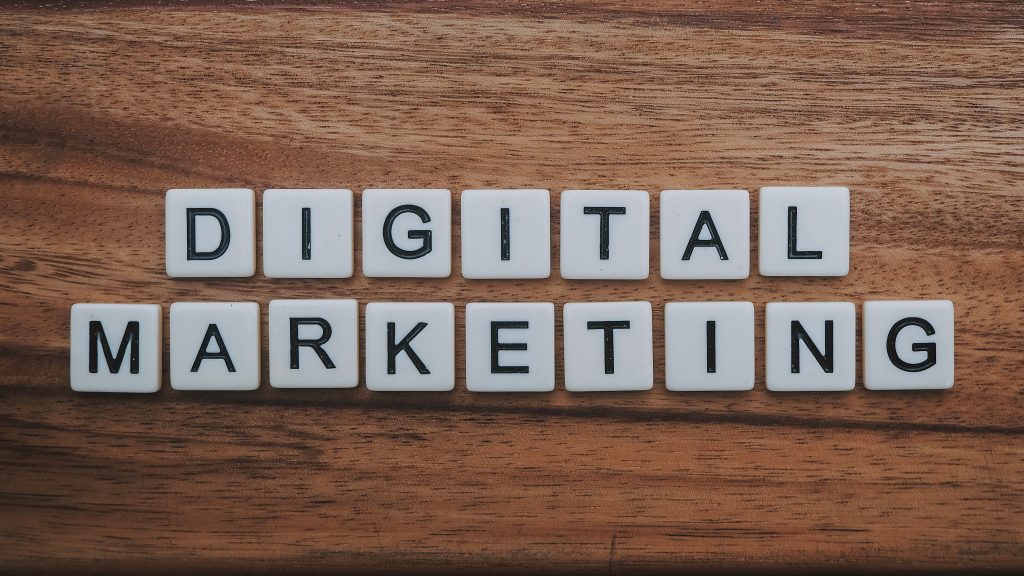Introduction
This paper is based on the article “The Digital Travel Marketers’ BEST PRACTICES TOOLKIT.
Digital marketing has established itself in practically every industry. People are completely integrated into the digital world. When it arrived, everything was carried away by the digital flood. And of course, how could it not affect the travel industry? Travel agents had to modify their pitch because the trend is shifting, and travellers are depending more on digital platforms. Additionally, when seen optimistically, every change is beneficial.
The way travel marketers communicate with travellers has evolved considerably in recent years, opening a slew of new chances for them to grow their brands in a variety of ways. Unlike in the past, travel marketers may now reach out to travellers from all over the world and feed their wanderlust.

Expedia has developed a toolkit for everyone to utilise when deploying digital marketing.
The toolkit is divided into five best practices:
-
NATIVE
Native is used to promote a brand through specialized content closely resembling the content format of the medium on which it’s appearing. Thus, the native must be seamless, blending in with the platform on which it is exists-creating a strong bond between publishing and marketing. In addition, natives should strive to be creative, metric-driven, favoured by social media, and, most importantly, developed from the consumer perspective.
-
VIDEO
Video content consumption has increased exponentially as it is now accessible almost anywhere and continues to gain traction as an extremely important strategy for digital marketers. The right video in the right place can influence travellers’ purchasing decisions. In creating effective, influential video content, it’s important to use the first-person technique. Incorporate interactivity, and thinking about the story the video is telling is also important.
-
SOCIAL
When it comes to Social, some best practices to keep in mind are being selective about the investments, getting the facts straight, and knowing the audience. Social is increasingly important for our industry to master. That is mostly because travel consumers are highly influenced by the social content with which they interact.
-
MOBILE
Not all Mobile is created equal, and that’s one of many best practices for digital marketers to keep in mind when planning their mobile strategy. Developing smart partnerships is also vital to mastering mobile, adoption of which has greatly increased among travel shoppers. With 40% of travellers researching and/or booking holiday travel on a mobile device, according to a recent study.
-
EMAIL
Email remains a powerful digital marketing tactic and source of engagement for travel brands across all devices. But there can be many challenges in deciding on the best email strategy for your brand. A few best practices to keep in mind for email marketing in the travel industry include staying mobile-minded, testing often, targeting your messages, and striving for brief, actionable subject lines.
For visual content creation for marketers, visit Nigel’s paper with a short DIY crash course for beginners.
My opinion
I believe that in the past, companies were confined to a specific region; now, they have access to the entire globe and can reach out to as many travellers as they want. Expedia has also established a digital toolbox with a best practices checklist for everyone to use in their business strategy. Because there will be millions of other firms to compete with, the difficulty is not just to use the material, but also to play smart and stand out from the crowd.
In general, I agree that marketing is an important aspect of every organisation, whether it is online or offline. Without marketing, there would be no business. This rule also applies in the digital world, and it perhaps applies a bit more forcefully. I also agree that there is a distinction to be made between just following market trends and picking up trends that suit the niche and building out from there. It’s critical to not just follow but to thoroughly analyse and comprehend what would work best for the company before putting it into action.
Conclusion
There is no question that a tourist website is the most effective instrument for promoting a place. Nonetheless, a website is a promotional tool in which there is always room for growth and enhancement. I learned in order to satisfy the current demand for tourists, the website’s content and features need to be updated. Also that digital information technologies have had, and will continue to have, a significant influence on the tourist business. I also think that travel will remain one of the most popular online hobbies for consumers. The number of electronic contacts between clients and the tourist business will expand as more people have access to the Internet and mobile communication devices.
Bibliography
Expedia Group Media Solutions. The Digital Travel Marketers’ Best Practices Toolkit. Accessed 21 March 2022. https://info.advertising.expedia.com/hubfs/Content_Docs/Rebrand-2018/20180829_DigitalMarketing_Best_Practices-Small.pdf